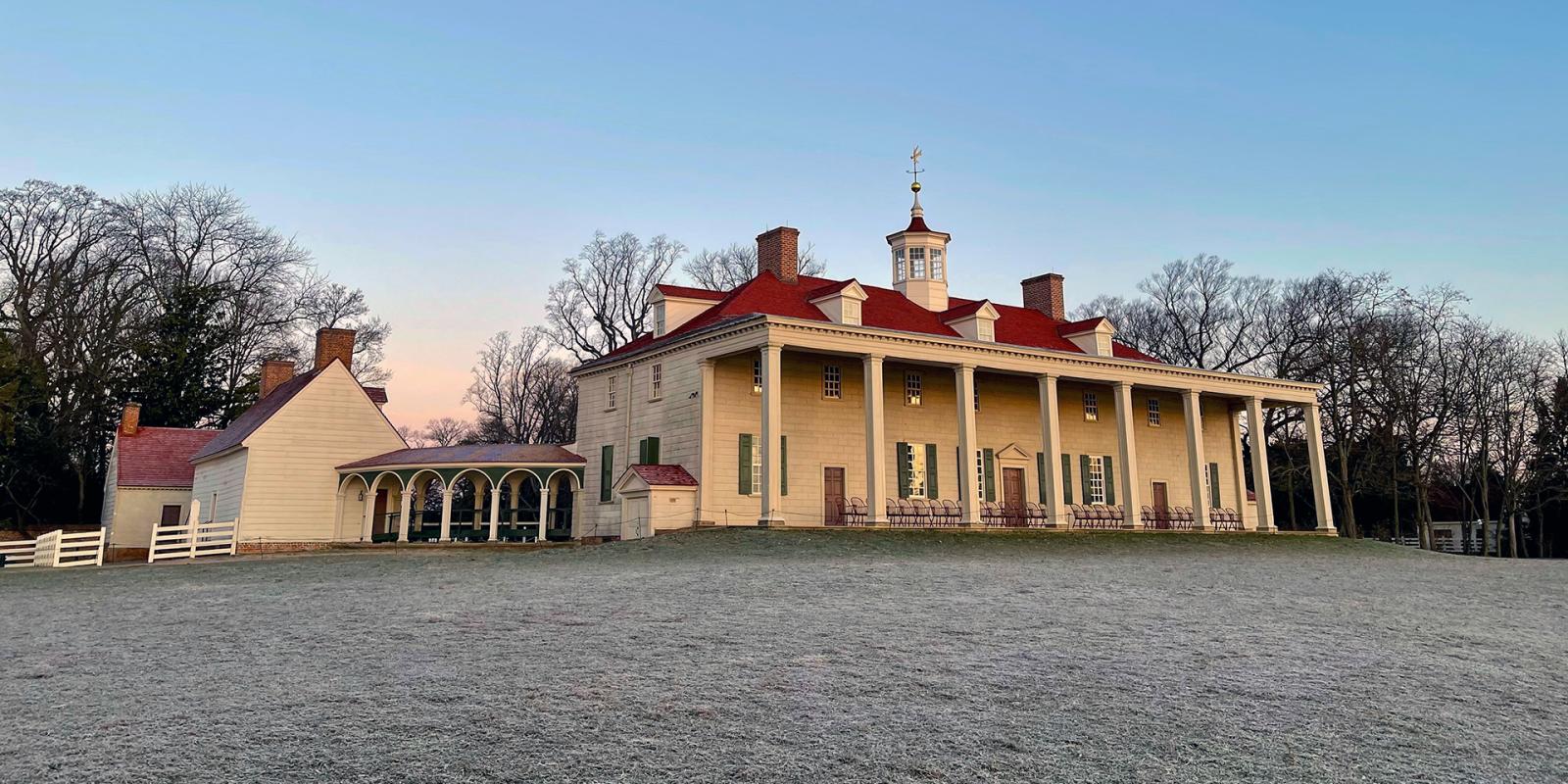After Union forces were routed in the first Battle of Bull Run in July 1861, they rushed back northward in a panic, realizing Washington was vulnerable to a Confederate counterattack that — fortunately for the Union — the enemy chose not to mount.
A few days afterward, when Maj. Gen. George B. McClellan was appointed military governor of the capital, he made a sobering assessment of its poor defenses. As a result, the Union launched a crash campaign to protect Washington with a ring of outer defenses, which by the war's end would include 68 forts, 93 artillery batteries, and 20 miles of rifle trenches, as well as picket stations, blockhouse, and bridgeheads.
